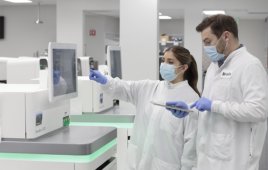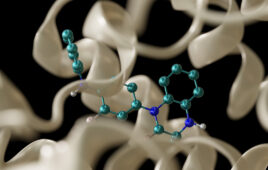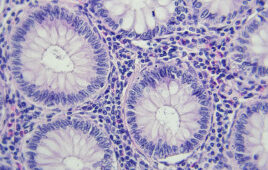A protein in mice known as RGS13 suppresses allergic reactions, including the severe, life-threatening allergic reaction known as anaphylaxis, according to scientists at the National Institute of Allergy and Infectious Diseases (NIAID), part of the National Institutes of Health (NIH). Because RGS13 is also a protein found in humans and is expressed in only a limited number of cells—including the immune system’s mast cells that are central to allergic reactions—scientists believe the protein may be an attractive target for developing new drugs to treat and prevent certain allergic reactions, including anaphylaxis.
“We still do not know what triggers the allergic or anaphylactic reaction in some people,” says NIAID Director Anthony S. Fauci, M.D. “These findings open up important research avenues, such as examining the role of RGS13 protein in humans to determine if its deficiency or abnormal function triggers the mast cells to release chemicals that cause allergic diseases.”
The research, led by Kirk M. Druey, MD, senior investigator, at the Laboratory of Allergic Diseases at NIAID, is described in a report online in Nature Immunology.
RGS13 is one of a large group of regulator of G protein signaling (RGS) proteins that act as traffic lights for signaling networks within cells. Though the biochemical actions of most RGS proteins in laboratory tests are known, their physiological functions in the body are still a mystery. Therefore, the current findings may have broader implications for many different biological processes, such as metabolism, cancer progression, cardiac function and others.
Realease date: November 18, 2007
Source: NIH/National Institute of Allergy and Infectious Diseases
Filed Under: Genomics/Proteomics




